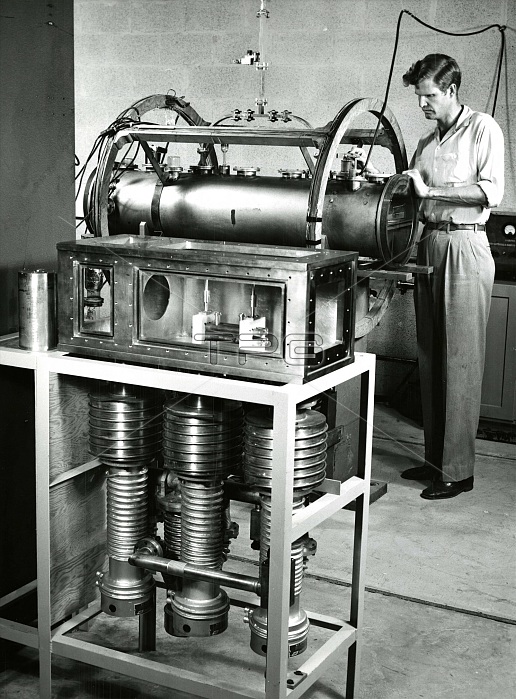
In 1952, NIST completed the first accurate measurement of the frequency of the cesium clock resonance. The apparatus for this measurement is named NBS-1. In 1955, the National Physical Laboratory in England built the first cesium-beam clock used as a calibration source. In 1959, the NBS-1 went into regular service as NIST's primary frequency standard. An atomic clock is a clock device that uses an electronic transition frequency in the microwave, optical, or ultraviolet region of the electromagnetic spectrum of atoms as a frequency standard for its timekeeping element. Atomic clocks are the most accurate time and frequency standards known, and are used as primary standards for international time distribution services, to control the wave frequency of television broadcasts, and in global navigation satellite systems such as GPS.
| px | px | dpi | = | cm | x | cm | = | MB |
Details
Creative#:
TOP22302078
Source:
達志影像
Authorization Type:
RM
Release Information:
須由TPG 完整授權
Model Release:
No
Property Release:
No
Right to Privacy:
No
Same folder images:

 Loading
Loading